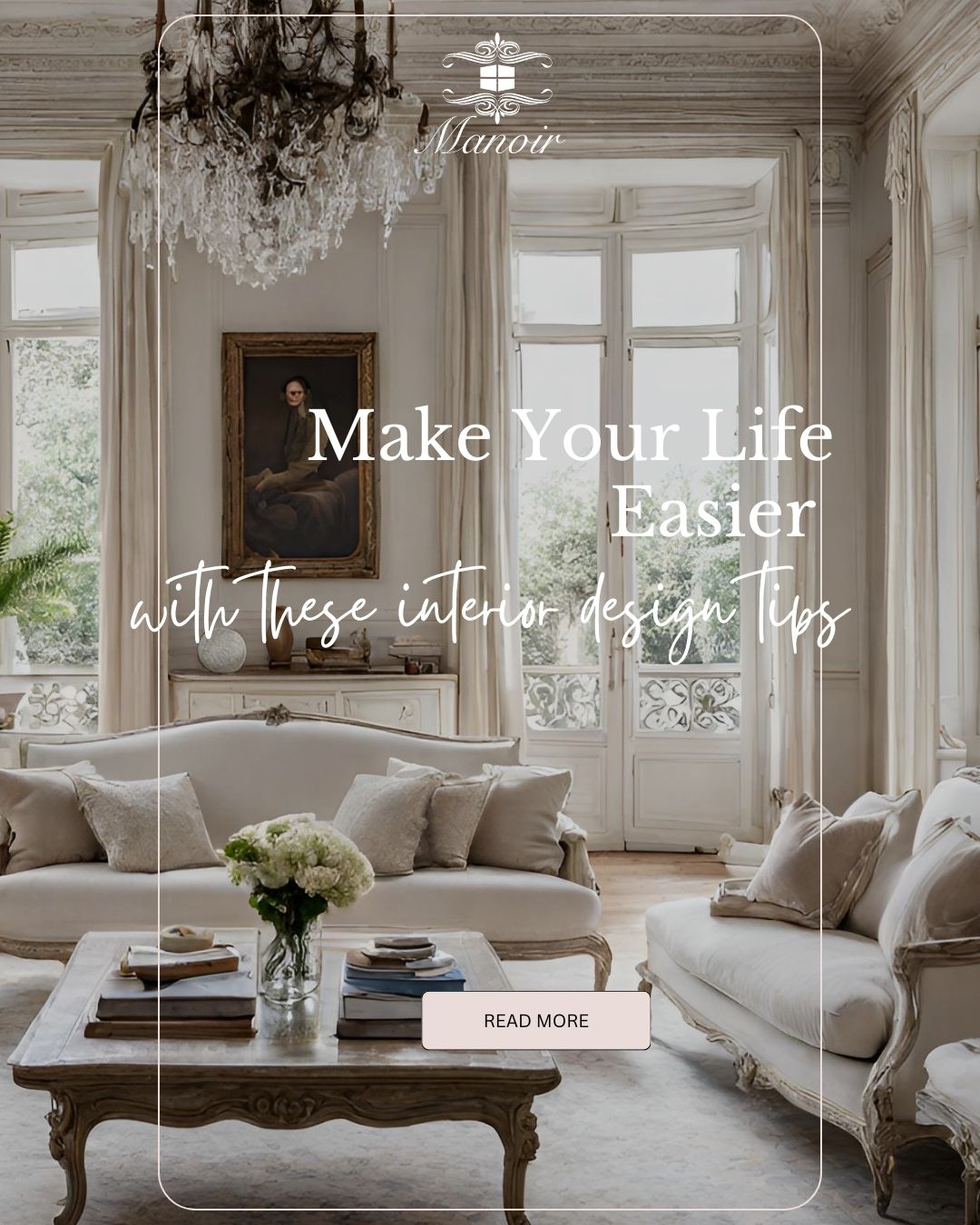What is Chinoiserie and Why is it so Popular in Interior Design?
 Manoir's Madeleine Sofa styled with Chinoiserie Wallpaper
Manoir's Madeleine Sofa styled with Chinoiserie Wallpaper
Chinoiserie, a design style that draws inspiration from Chinese art and culture, has been a perennial favorite in the world of interior design. This captivating trend, characterized by intricate patterns and delicate motifs has endured for centuries, making its way into homes, palaces, and artistic creations across the globe. In today's blog, we will explore the origins of chinoiserie, understand the reasons for its continued popularity, discuss how to incorporate it respectfully and highlight some common ways to infuse chinoiserie into your home decor.
The Roots of Chinoiserie
Chinoiserie, a French term meaning "Chinese-esque," originated in Europe during the 17th century. It was initially inspired by the import of Chinese porcelain and other luxurious items during the Age of Exploration. European aristocrats and the emerging bourgeoisie were captivated by the allure of these imported treasures, which soon sparked a craze for everything "Chinese." European artisans and designers sought to recreate the aesthetic, often embellishing it with their own interpretation.
Why Chinoiserie Persists
-
Timeless Elegance: Chinoiserie's enduring appeal can be attributed to its timeless elegance. The delicate, nature-inspired patterns and color palettes create a sense of serenity and refinement that transcends fleeting design trends.
-
Versatility: Chinoiserie can be adapted to fit various design styles, from traditional to contemporary. Its adaptability allows it to remain relevant in an ever-changing design landscape.
-
Escape from the Mundane: Chinoiserie offers a sense of escapism. It allows individuals to transport themselves to a different time and place, evoking the allure of the East.
-
Cultural Exchange: Chinoiserie serves as a testament to the history of global cultural exchange. It reflects the fascination and appreciation of the Chinese aesthetic in the West, highlighting the interconnectedness of our world.
 A Manhattan pied-a-terre by Cathy Kincaid interiors features a Chinoiserie vignette with authentic black lacquer furniture and blue and white Chinoiserie ceramic accents.
A Manhattan pied-a-terre by Cathy Kincaid interiors features a Chinoiserie vignette with authentic black lacquer furniture and blue and white Chinoiserie ceramic accents.
Incorporating Chinoiserie with Cultural Respect
To incorporate chinoiserie into your decor in a culturally respectful way, consider the following guidelines:
-
Appreciation, Not Appropriation: Understand the difference between appreciation and appropriation. Use chinoiserie as a way to appreciate Chinese art and culture, rather than copying it thoughtlessly.
-
Authenticity Matters: Invest in authentic pieces when possible. Genuine Chinese antiques or crafts contribute to the preservation and promotion of traditional art forms.
-
Balance and Moderation: Avoid overwhelming your space with chinoiserie. Use it as an accent or focal point, combining it with other design elements to create a harmonious balance.
-
Educate Yourself: Take the time to learn about the cultural significance of the elements you are incorporating. This will deepen your appreciation and help you make informed choices.
 Manoir's Chinoiserie Ginger Jar, Blue and White Dragon made in the traditional method, handpainted in Jiangxi, China, the "Porcelain Capital" of the world.
Manoir's Chinoiserie Ginger Jar, Blue and White Dragon made in the traditional method, handpainted in Jiangxi, China, the "Porcelain Capital" of the world.
Common Ways to Incorporate Chinoiserie
-
Chinoiserie Wallpaper: Chinoiserie wallpaper is a classic choice, adding intricate designs and colors to your walls. It's often seen in dining rooms, bedrooms, or as a striking accent in living areas.
-
Porcelain and Ceramics: Display Chinese porcelain vases, ginger jars, and ceramic figurines. These can be placed on shelves, mantels, or as table centerpieces.
-
Furniture: Incorporate chinoiserie-inspired furniture, like lacquered cabinets, chinoiserie-style chairs, or a carved Chinese screen.
-
Textiles: Opt for chinoiserie textiles, such as silk or brocade fabrics for upholstery, throw pillows, and curtains. These can add a touch of luxury and authenticity to your decor.
-
Art and Decor: Hang Chinese landscape paintings, framed prints, or tapestries. Chinoiserie art can be a captivating addition to your walls.
 Photo source: Vogue, Courtesy of Hamish Bowles, Swan House, Atlanta
Photo source: Vogue, Courtesy of Hamish Bowles, Swan House, Atlanta
 Manoir's Fleury Mirror in a room with Chinoiserie wallpaper, demonstrates how to mix French and Chinoiserie styles
Manoir's Fleury Mirror in a room with Chinoiserie wallpaper, demonstrates how to mix French and Chinoiserie styles
Chinoiserie, with its rich history, enduring appeal, and timeless beauty, continues to captivate interior designers and enthusiasts worldwide. By incorporating chinoiserie into your decor thoughtfully and respectfully, you can infuse your living space with the charm of Chinese-inspired design while paying homage to a global tradition of artistic exchange. Remember to balance this aesthetic with your own style to create a harmonious and culturally appreciative space that reflects your unique tastes and respects the beauty of Chinese art and culture.



Leave a comment
This site is protected by reCAPTCHA and the Google Privacy Policy and Terms of Service apply.